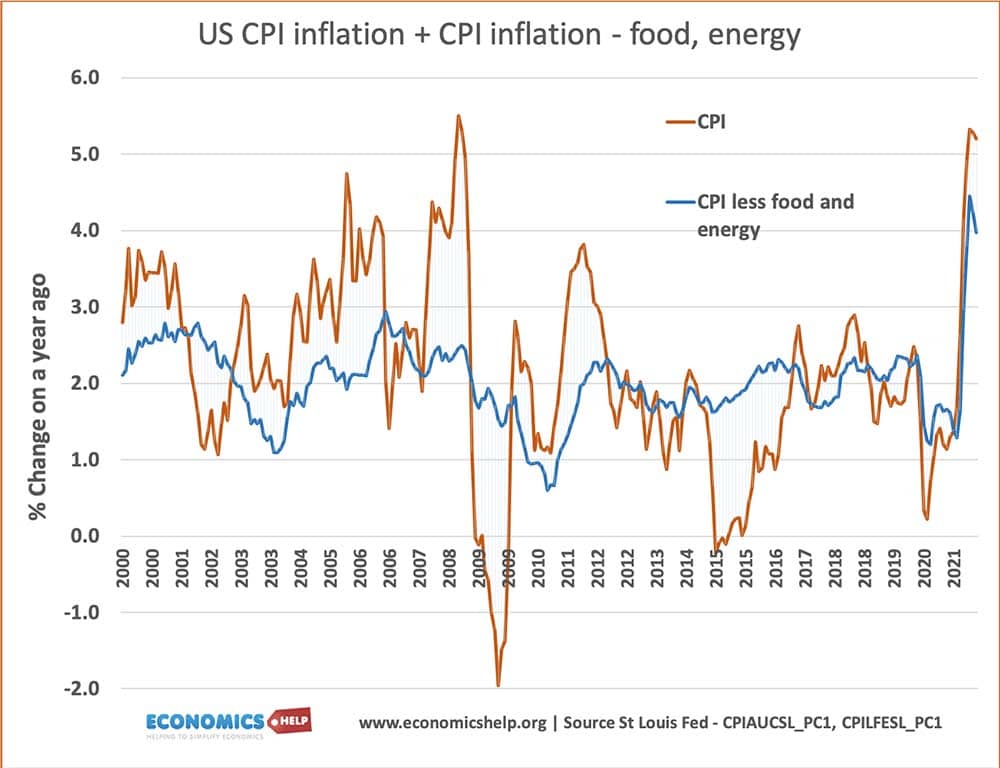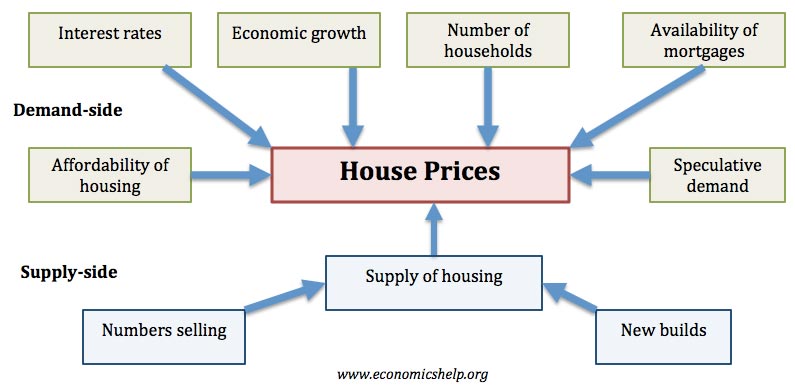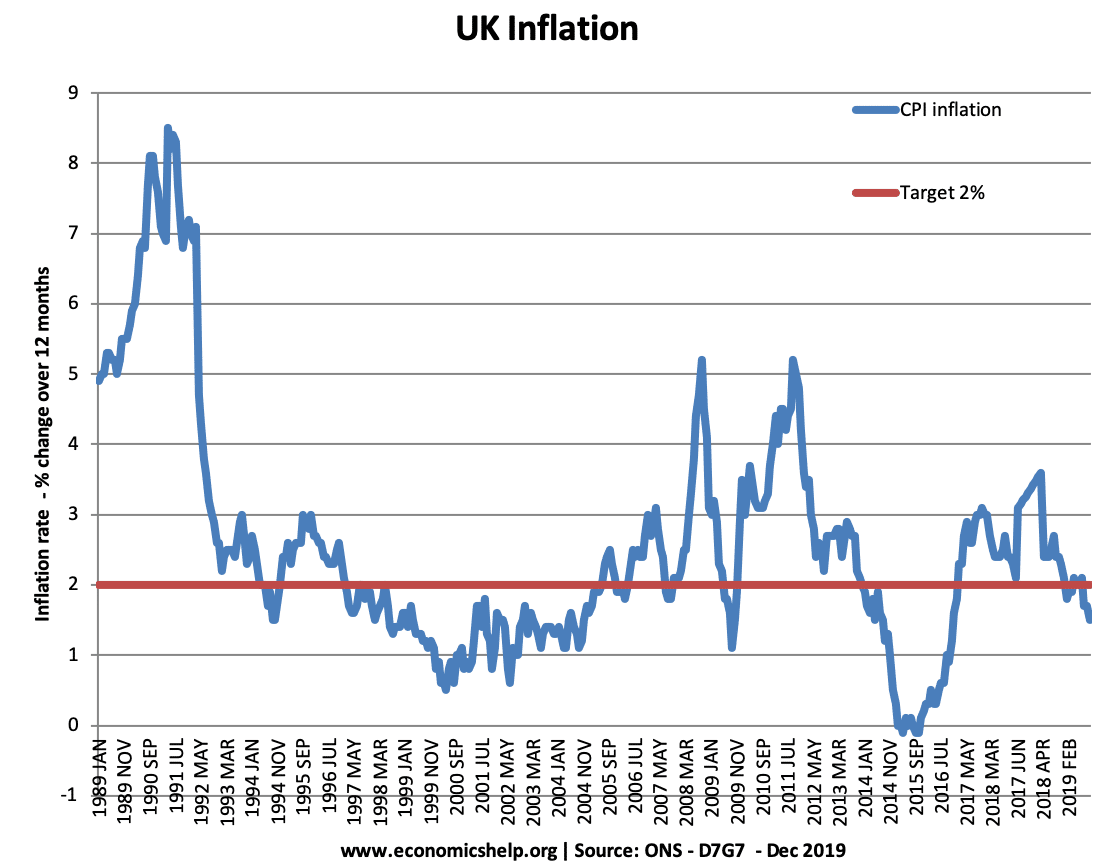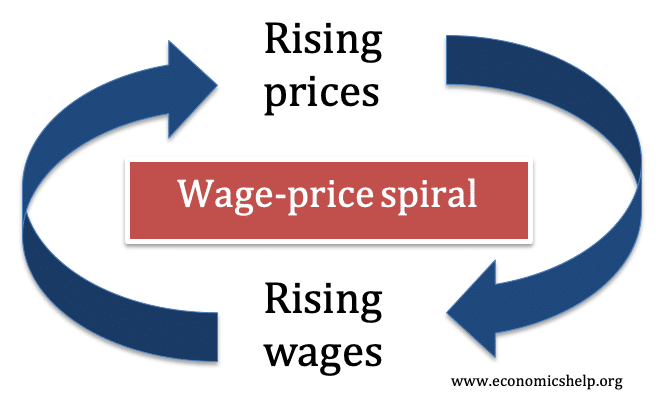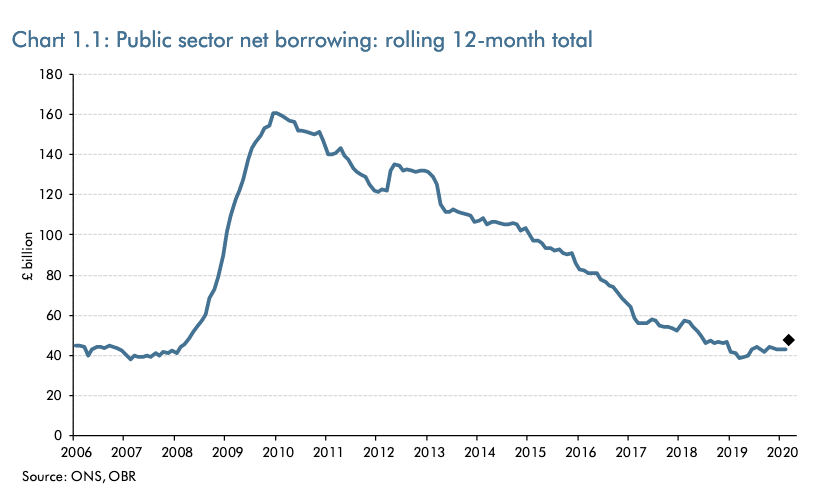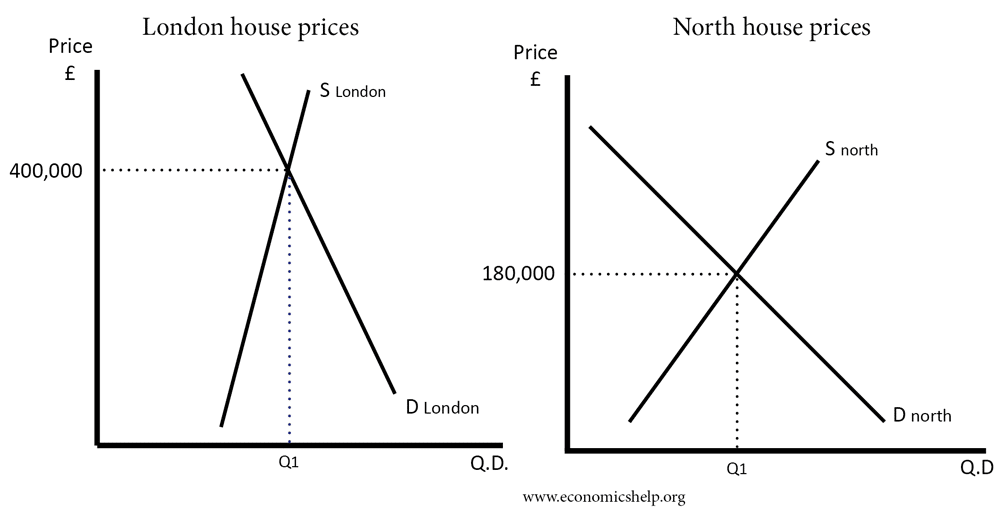Prospects for inflation in 2022
In the past two decades, we have had a remarkable period of low inflation. Inflation has been so low, some economists have suggested a new paradigm – the end of inflation as a primary economic concern. Since 2009, any predictions of imminent inflation have proved to be wide of the mark. There have been warnings …

